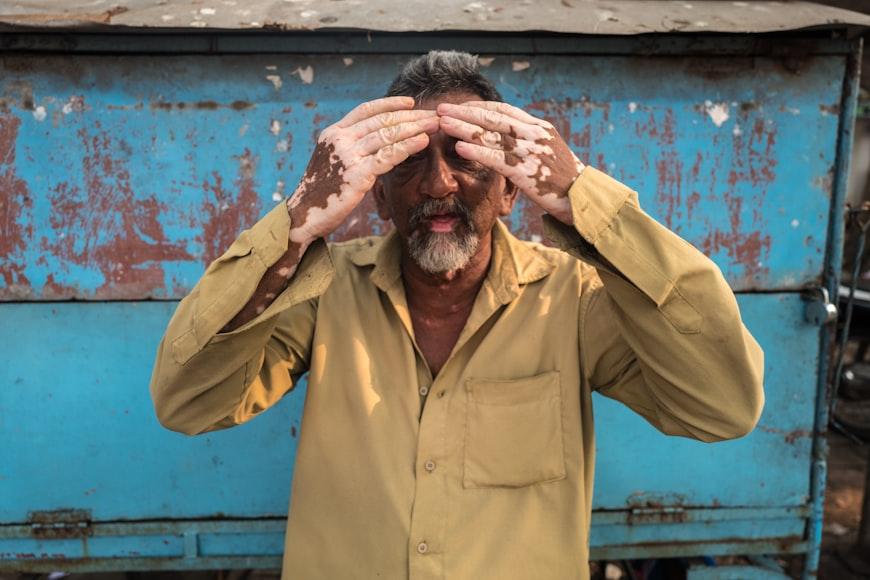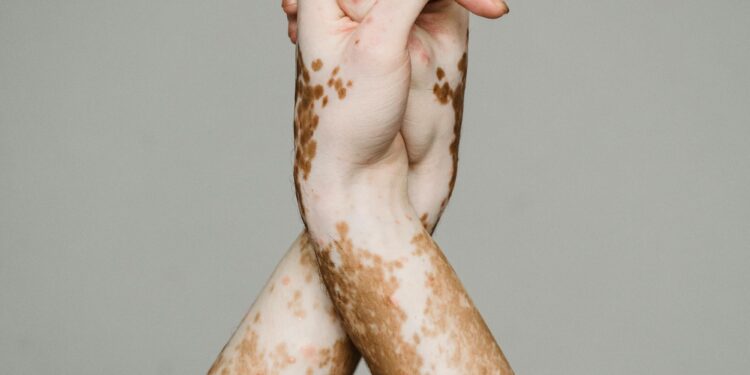Let’s be real, there are some medical conditions that sound like news to the ears, right? One of which is vitiligo. The first time I heard or actually saw a person with this condition was back in 2018, when the now 30 years old Winnie Harlow participated in the Victoria Secret Fashion Show. After videos of the fashion show aired a lot of people tagged her as the “cow skin” girl because it was then seen as a rare condition by many.
Fast forward to the year 2024, where this condition has gained attention as its prevalence grows wider. Because of the awareness of vitiligo, people living with it are loving and embracing their new skin. But the question still remains, why the sudden raise in vitiligo? If you go on TikTok, Instagram, or Facebook and type in the word “vitiligo”, you’d see a bunch of people with this condition. Some of them have had this as a kid, while some recently got diagnosed with it, like Jillian Ja’Nae, and Justicia Busiah. In this article, we’re going to look at the possible factors leading to the rise in vitiligo.

What is Vitiligo?
Before we hit the road, let’s talk about what this condition is. Vitiligo is a skin condition that affects 1-2% of the global population. It affects certain parts of the skin, causing them to lose their color. When the skin loses their natural color, they begin to turn white or lighter than the rest of the skin color.
This happens because the cells that produce skin color, called melanocytes, stop working or are destroyed. Most people might think vitiligo affects only people of darker skin tone. That’s not true, vitiligo affects all skin tone, it’s just more noticeable on darker skin. Vitiligo doesn’t have a particular part of the body it appears on, it could appear around the eyes area, mouth, and even on the hair too.
What Could Be Causing the Increase in Vitiligo?
Although doctors aren’t exactly sure why vitiligo happens, they think it might be due to a mix of genetics, the immune system attacking itself, or even something in the environment. But some potential causes for the rise in vitiligo could be:
Environment: The stress about air pollution isn’t a recent discussion. As the world evolves, it gets developed. Even rural areas are getting more urbanized, there are factories in remote places and people are also investing in machineries and automobiles as well. Also, all of these equipment and factories release some toxic gasses which not only affect the air we breathe but can also affect our skin cells.
It doesn’t all end in industry and urbanized pollution, even the skincare products we use sometimes contain harmful or harsh chemicals that deplete the skin cells over time. Lastly, the climate is changing in that there is an increased level of UV radiation, and the weather conditions are on the extreme side. This can affect the way the skin reacts, leading to the development of vitiligo.
Lifestyle: At this point in our lives, we probably know that stress isn’t good for us. One of the things stress can do is to affect our immune system, making it go a bit haywire.
Because of this, the immune system needs to be provided with sufficient nutrients and vitamins and there’s no better way to do that, other than eating a balanced diet. For the icing on the cake, you need to sleep well. You need good sleep to help with your body’s natural defense system.
Genetics: Back then when Winnie appeared on fashion shows, people were so ignorant hence the name the “cow skin” girl. But ever since, there has been more and more awareness about this condition. As a result of awareness, people are more likely to notice they have vitiligo symptoms and get diagnosed.
Also genetics places its own share here. There are a lot of people marrying from different backgrounds around the world, it’s now a 21st century thing. As these people get married, and eventually having kids, there’d be a greater mix of genes. This genetic diversity might be leading to an increase in conditions like vitiligo in certain populations. According to Anwar Al Hammadi, et al., the “prevalence of vitiligo in Africa and the Middle East ranged from 0.18% to 5.30% and from 0.04% to 0.57% in Latin America.”
Autoimmune Diseases: There’s been a noticeable increase by 19.1% and 12.5% per year in autoimmune diseases overall, and vitiligo could be one of them. People who have one autoimmune disease like lupus, are sometimes more likely to develop another like vitiligo.
Conclusion
Vitiligo has become way more noticed lately, thanks in part to people like Winnie Harlow and social media. The rise in cases could be due to things like pollution, or stress etc. As we learn more and talk about it, more people are accepting and embracing vitiligo, which is a good thing for everyone dealing with it.

















